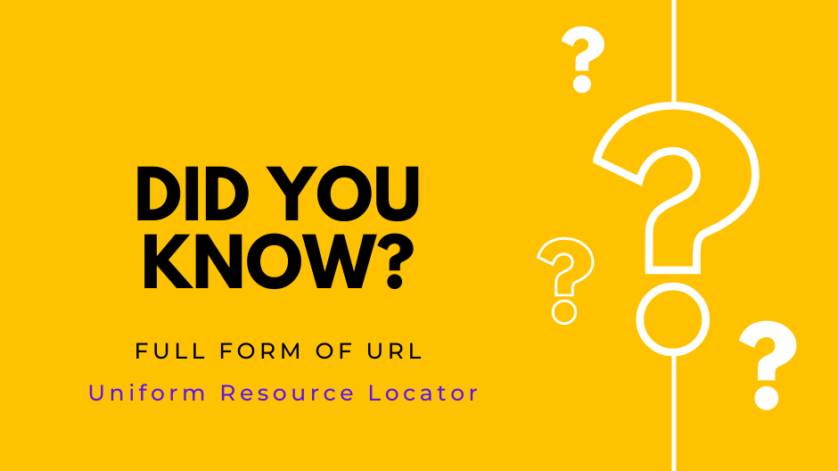URL Full Form
URL or Uniform Resource Locator is a string of characters that is used to identify a resource on the internet. In simpler terms, it is a web address that specifies the location of a website or a file on the internet. URLs are the backbone of the internet and have become an essential part of our daily lives.
URLs are composed of several parts that work together to identify a specific resource. The first part of a URL is the protocol, which is typically HTTP or HTTPS. This specifies the communication protocol that the browser uses to communicate with the webserver. HTTP stands for Hypertext Transfer Protocol, while HTTPS stands for Hypertext Transfer Protocol Secure. The latter is an encrypted version of HTTP and is used to protect sensitive information such as login credentials, credit card information, and other personal data.
The next part of a URL is the domain name, which is the name of the website or the webserver. For example, in the URL https://www.google.com, “google.com” is the domain name. Domain names are unique identifiers that are registered and maintained by domain name registrars.
Following the domain name is the path, which is the location of the resource on the webserver. It can include directories, subdirectories, and filenames. For example, in the URL https://www.google.com/search?q=url, “/search” is the path, and “q=url” is a query parameter that is used to pass additional information to the webserver.
Lastly, a URL can also contain fragments, which are used to specify a specific section or location within a web page. Fragments are indicated by a “#” symbol followed by the name of the fragment.
URLs have become an integral part of our daily lives as we use them to access various resources on the internet. They are used to access websites, download files, view images, and much more. In addition, URLs have also become an essential tool for businesses to promote their products and services online. By using search engine optimization techniques, businesses can improve their website’s visibility on search engines and increase traffic to their site.
In conclusion, URLs are an essential component of the internet, and understanding how they work is critical to navigating the web effectively. By knowing how to read and interpret URLs, we can access the resources we need quickly and efficiently. As the internet continues to grow and evolve, URLs will remain a crucial part of our online

